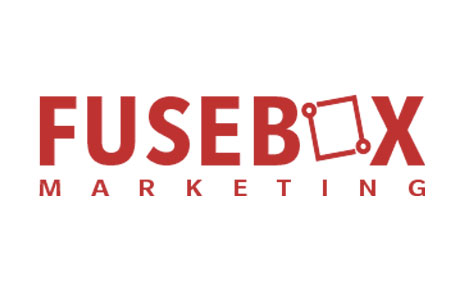Succession Planning: Transfer ownership of your business in a streamlined way

5 May 2022
News
Do you ever worry about who would take over your business in the event of your retirement, death, or disability?
Many business owners ignore succession planning - they think it is not necessary, or, they put it off for something to be taken care of in the future. However, picture this scenario - what would happen to your business if you are unable to handle the day-to-day operations? Who would do it for you? Would the business still be viable?
Succession planning: A series of logical and financial decisions
Business succession planning involves a series of logistical and financial decisions about who would be your successor in your business. To write a succession plan, the first step is to identify the ideal successor to take over the business, then arrive at the best selling arrangement. This usually involves a buy-sell agreement, secured with a life insurance policy or loan.
There are five common ways to transfer ownership of your business:
- Co-owner: Selling your shares or ownership interests to a co-owner.
- Heir: Passing ownership interests to a family member.
- Key employee: Selling your business to a key employee.
- Outside party: Selling your business to an entrepreneur outside your organization.
- Company: For a business with multiple owners, you can sell your ownership interests back to the company, then distribute them to the remaining owners.
You should consider creating a succession plan if you:
- Have complex processes: Are the day-to-day operations of the business easy and understandable? How will you duplicate your subject matter expertise?
- Employ more than just yourself: Who will step in to lead employees, administer human resources (HR) and payroll, and choose a successor and leadership structure?
- Have repeat clients and ongoing contracts: Where will clients go after your exit, and who will maintain relationships and deliver on long-term contracts?
- Have a successor in mind: Is the successor aware of your decision and willing to take ownership?
Once you have a succession plan in place, you could follow some steps to see you through the process:
Do a trial run of your succession plan:
Don’t wait until there’s a crisis to test whether an employee has the right stuff to assume a more advanced role. Have a potential successor assume some responsibilities of a manager who’s taking a vacation. The employee will gain valuable experience and appreciate the opportunity to shine. And you can assess where that person might need some additional training and development.
Integrate your succession plan into your hiring strategy:
Once you’ve identified employees as successors for critical roles in your organization, take note of any talent gaps they would leave behind if tapped. That can help you identify where to focus your future recruiting efforts.
Step up professional development efforts:
Ideally, you have already been investing in the professional development of those you select as your succession choices. Now that preparation needs to be ramped up. Job rotation is a good way to help your candidates gain additional knowledge and experience.
CADC: Helping small business owners with succession planning
Carroll Area Development Corporation provides support to the existing industry base, assists in the establishment of new industries, and works to enhance area quality of place for residents and businesses throughout Carroll County, IA.
The CADC partners with Advance Iowa, the State of Iowa’s comprehensive consulting program designed to work with mid-sized companies to enhance their growth.
Advance Iowa starts by helping you identify your exit objectives and providing you with guidance in order for you to achieve them. Your family, community, customers, employees, and suppliers are counting on you to make plans for your business to continue after you are gone.
Learn more about Advance Iowa Succession Planning Consulting services here.
Another great resource partner for CADC is Iowa’s Small Business Development Center – www.iowasbdc.org. With SBDC’s efforts, CADC is able to offer a free Business Valuation Analysis that will give your business a range of what it is worth and why. For business owners who are making succession plans, this analysis is a great place to start and set the ball rolling. Learn more here.
(Input from: https://fitsmallbusiness.com/business-succession-planning/ and https://www.roberthalf.com/blog/management-tips/7-steps-to-building-a-succession-plan-for-success).
More Topics


Fusebox Marketing, Carroll, Iowa: Helping valuable brands with sound marketing strategies
Mar 21 2022

